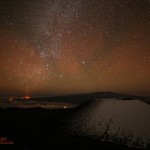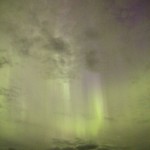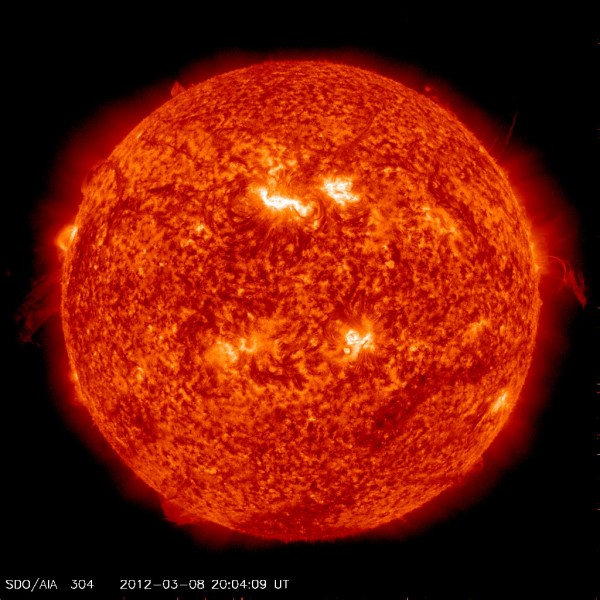Taking starscape photos last week I was surprised at the intense red glow appearing in the photographs. All across the southern sky were glowing areas of sky, here and there dark rifts cut through the glow. Set beside the Winter Milky Way it created beautiful photographs.

The airglow was intense enough to be visually seen when I stepped away from the camera and let my eyes adapt to the darkness. Away from the Milky Way, in what should be dark sky, a faint red glow pervaded. I wondered what was going on, the normal airglow over Mauna Kea is quite faint and usually very green.
I was even further surprised when I later found out that a strong geomagnetic storm was in progress that night. Kp=6 conditions from back to back CME’s were creating strong aurora over Canada and the upper US.
Was I seeing some sort of auroral glow? In Hawaii? At 20°N latitude? This did not seem likely, but something unusual was occurring!


